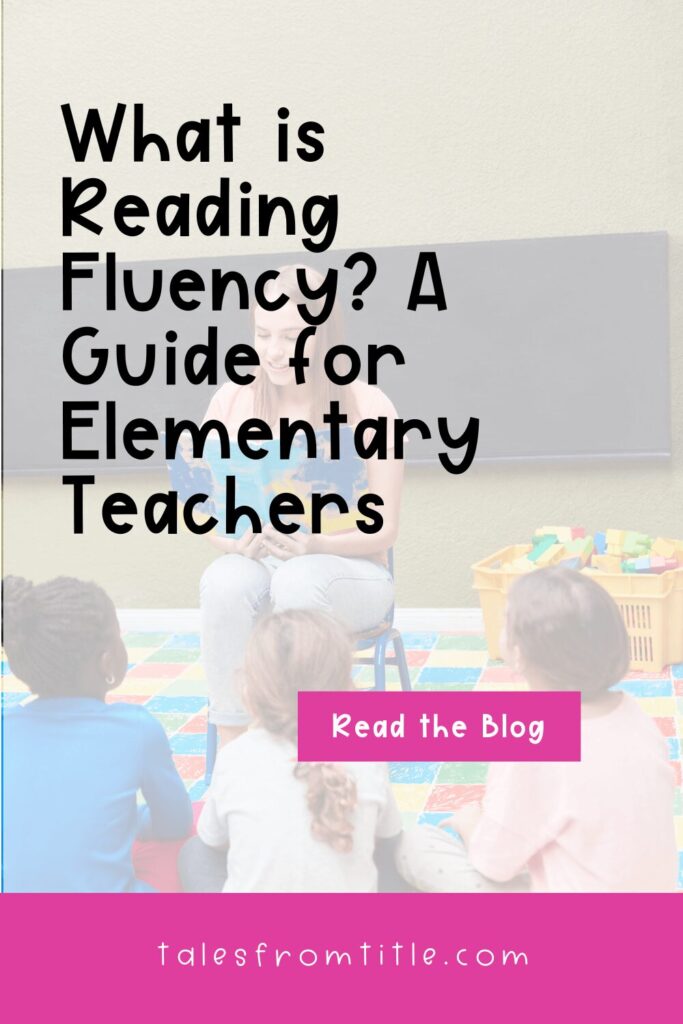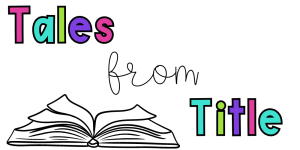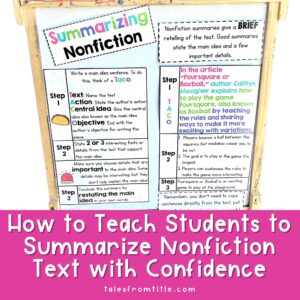It’s Time for Part Five of My Ten-Part Series on the Components of Reading! In this series, I discuss what each component of reading is, what it means, and why it’s important. If you missed the earlier posts, you can catch up here:
- Part 1 – What is Phonemic Awareness
- Part 2 – Why is Phonemic Awareness Important
- Part 3 – What is Phonics
- Part 4 – Why is Phonics Important
Today’s post kicks off the two-part mini-series on fluency. In this post, we’ll explore what fluency is. Let’s get to it!
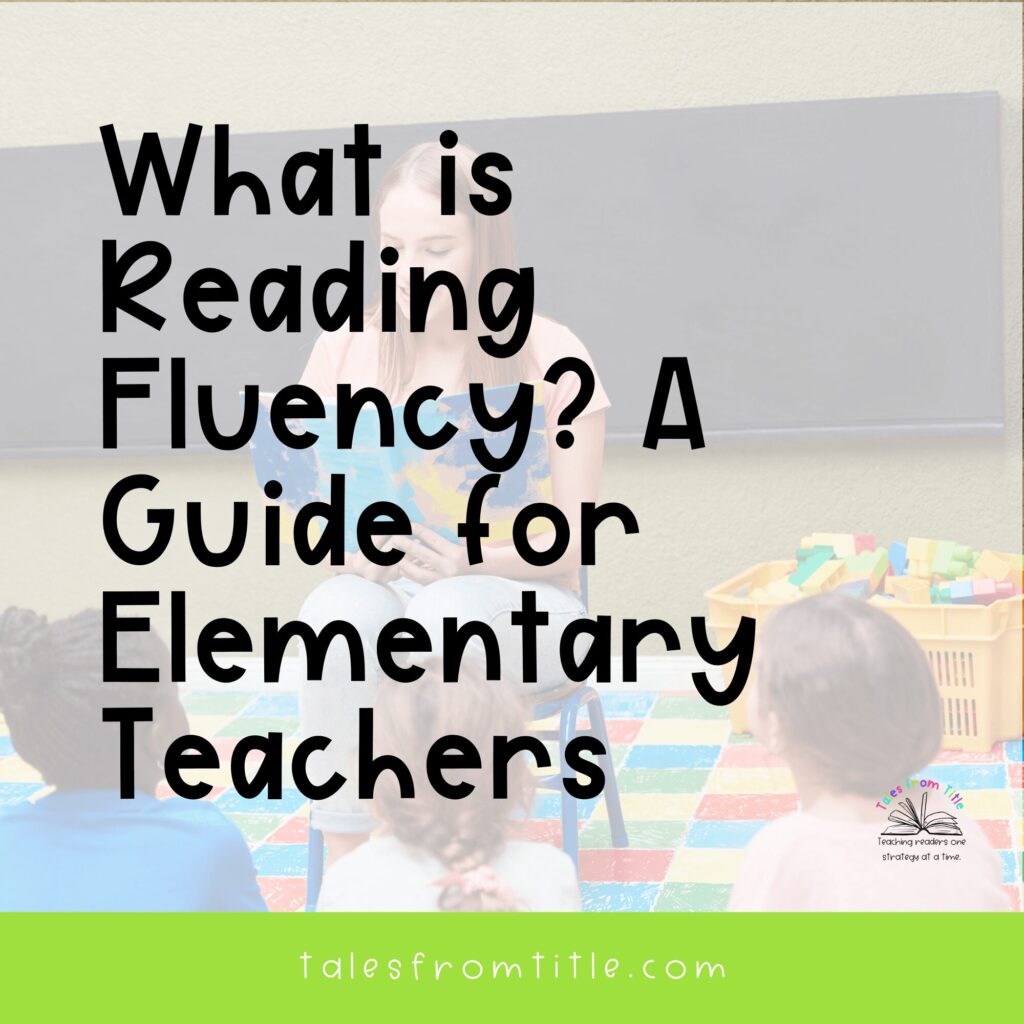
What is Fluency?
Fluency is the third essential skill young readers must develop after mastering phonemic awareness and building a strong phonics foundation. However, fluency can sometimes feel like a murky concept.
As teachers, we recognize a fluent reader when we hear one—they read smoothly, with expression, and seem to genuinely understand the text. But what exactly makes up fluency? By taking the time to understand fluency, we can better guide our instruction and provide targeted support to students who need it most.
The Components of Fluency
Fluency is often mistaken for reading quickly. While rate is an important aspect, fluency actually consists of three key components: accuracy, rate, and prosody.
1. Accuracy
Accuracy refers to the ability to read words correctly. Fluent readers recognize words automatically, freeing their cognitive energy for comprehension. Students struggling with accuracy often have choppy reading and focus heavily on decoding individual words instead of understanding the text. A strong grasp of phonics is crucial for reading accurately.
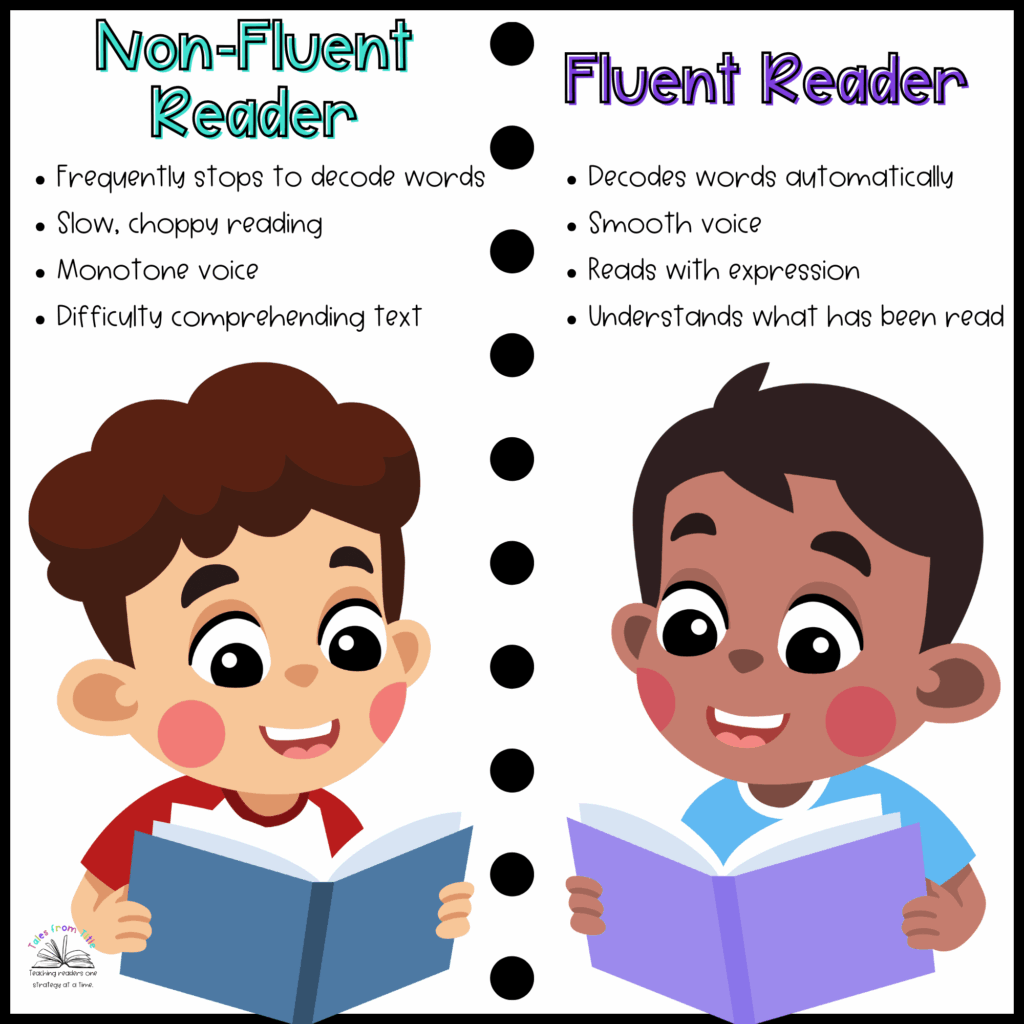
2. Rate
Rate is the speed at which a student reads. Reading too slowly can disrupt the flow needed for comprehension, while reading too quickly can lead to missed meaning. A balanced rate allows students to process information effectively while maintaining a smooth, connected reading experience.
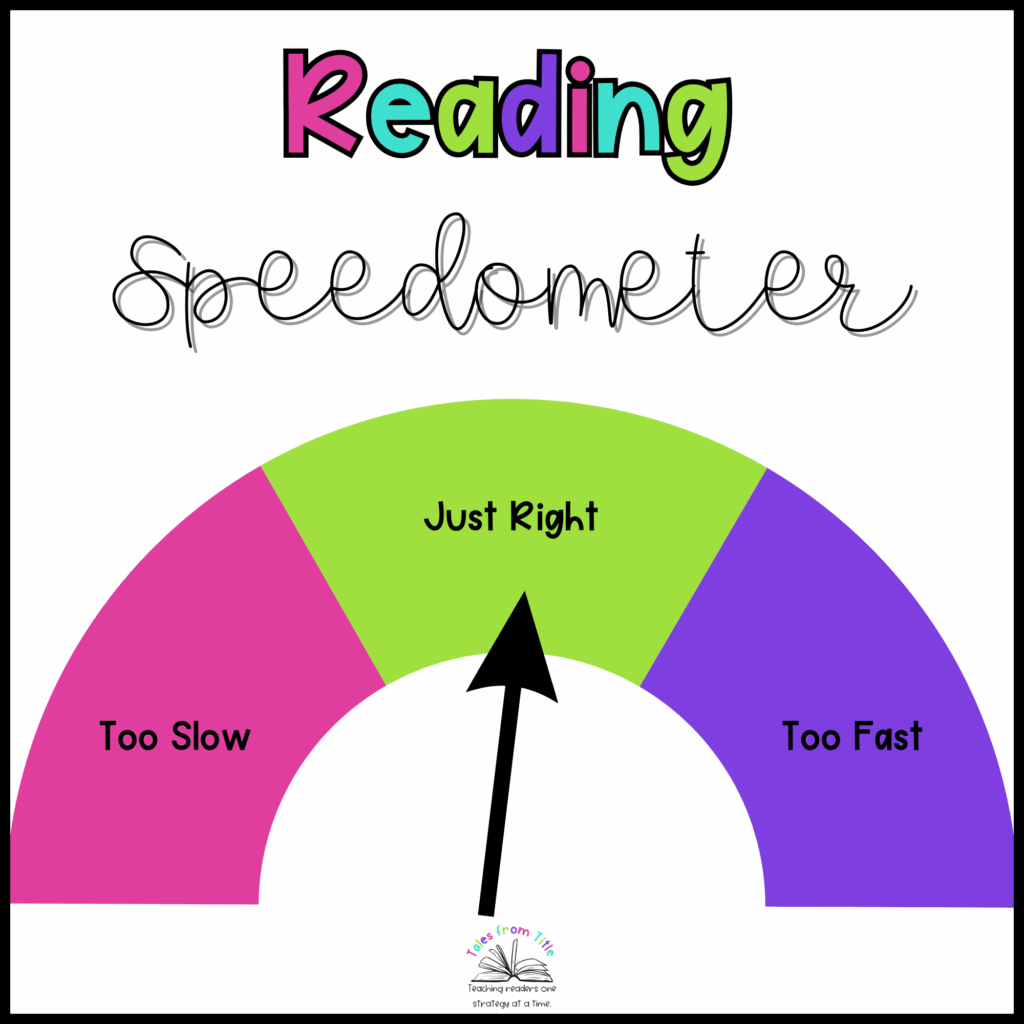
3. Prosody
Prosody is the rhythm, phrasing, and expression in oral reading. It brings stories to life. Students with strong prosody use intonation to convey meaning, emphasize key words, and pause appropriately for punctuation.
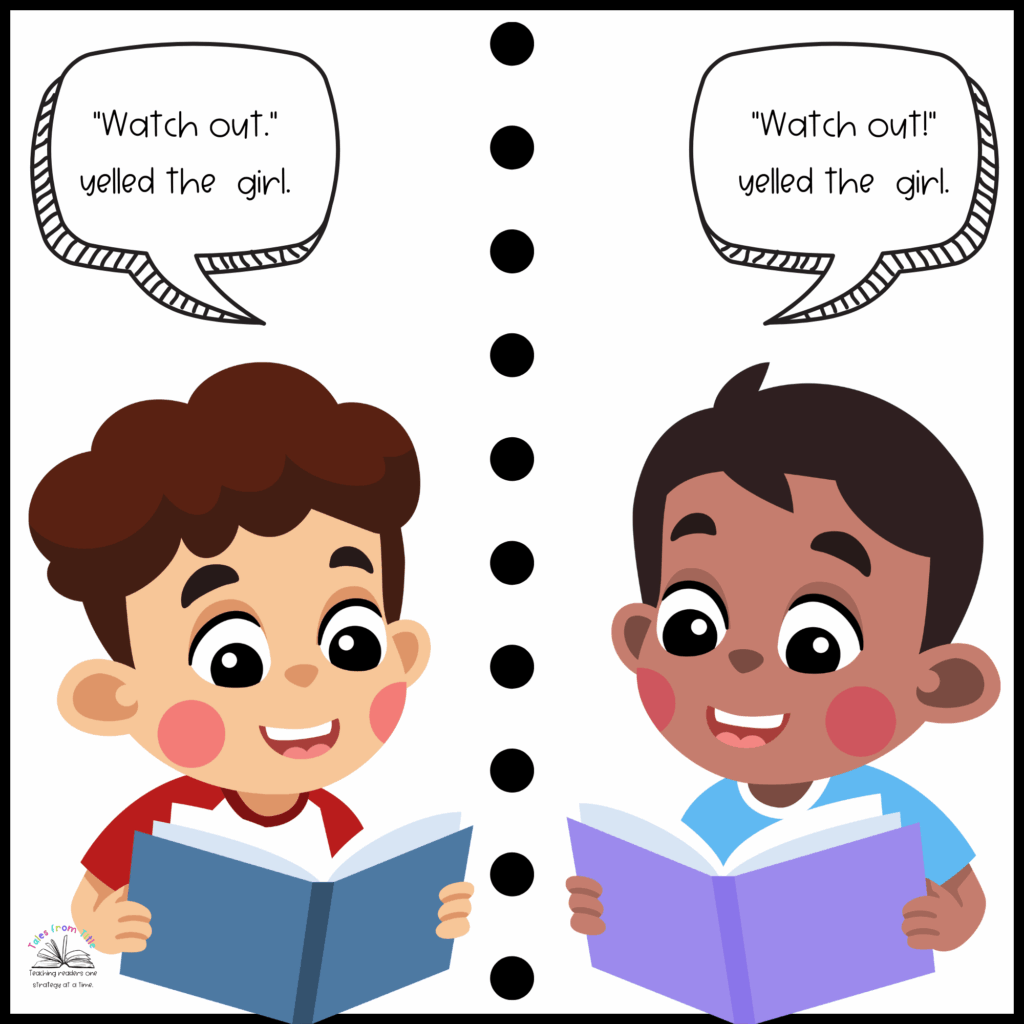
Why Does Fluency Matter?
Fluency bridges decoding and comprehension. When students read fluently, they focus on understanding the text rather than struggling to sound out words. Without fluency, comprehension can be negatively impacted, leaving students frustrated and disconnected from what they’re reading.
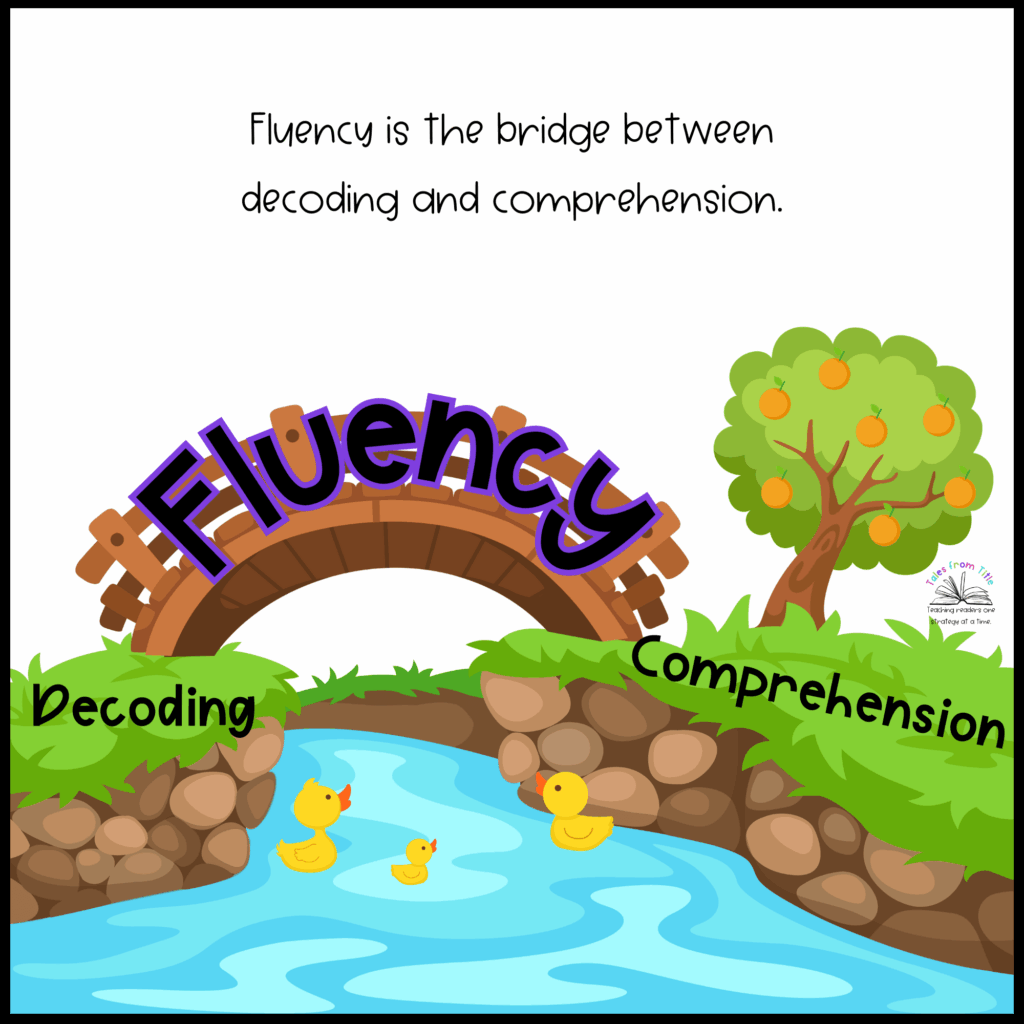
A Story About Fluency and Comprehension
In my third year of teaching, I had a student with a slow reading rate who excelled at comprehension. Along with a slow reading rate, his conversational pace was also slower, and he had an ADHD diagnosis. However, he could retell and analyze texts beautifully. I questioned whether a fluency intervention group was the best placement for him, but my reading coach insisted fluency was essential for comprehension.
This student wasn’t just “lucky” as my coach suggested — he was intelligent and learned in his own unique way. And, by middle school, he was thriving in advanced courses.
This story is a reminder that while fluency is critical for most readers, there are exceptions. Some students, even without decoding issues, naturally read at a slower rate and still understand the text deeply.
Signs of Fluency Challenges
Identifying fluency struggles helps you better support your students. Common signs include:
- Reading slowly and laboriously.
- Mispronouncing or skipping words.
- Ignoring punctuation or reading in a monotone.
- Difficulty recalling or understanding the text.
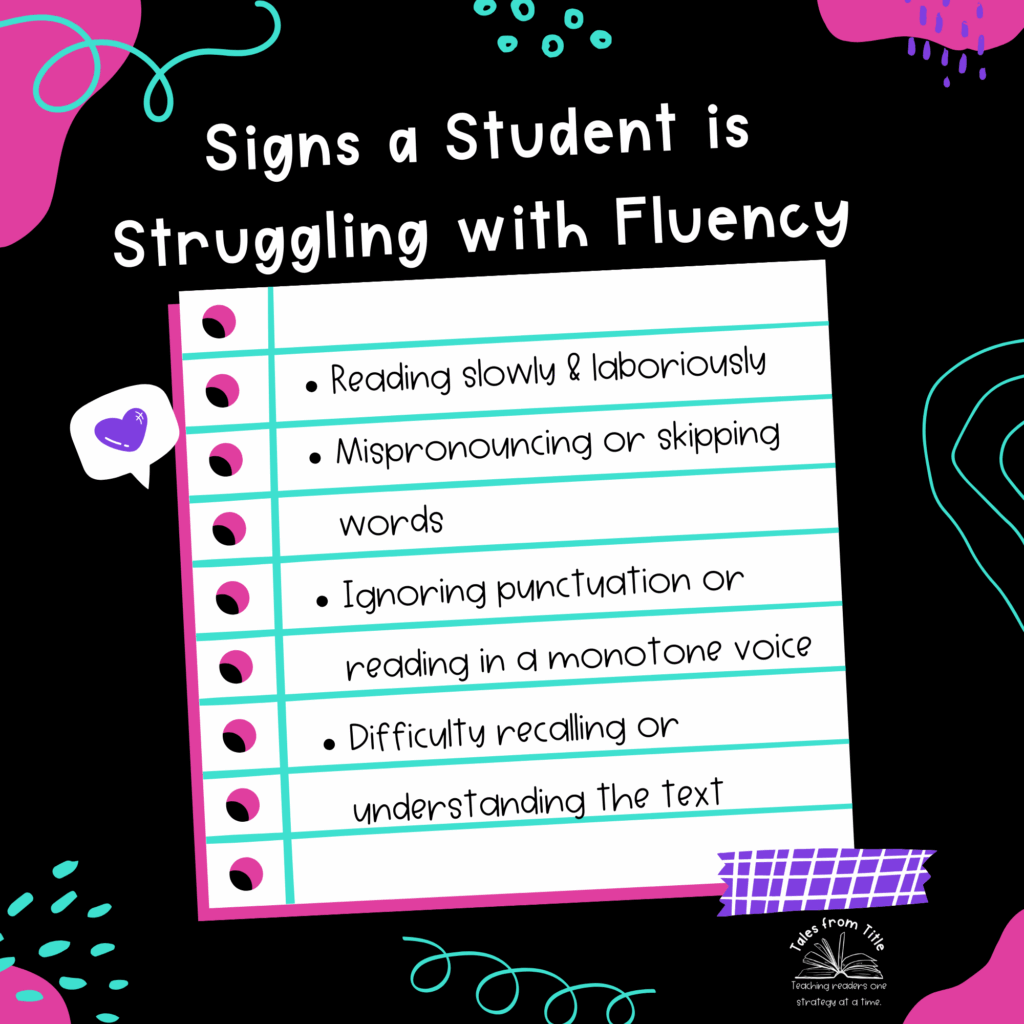
How to Support Fluency Development
If you notice fluency challenges, here are strategies to try:
- Model Fluent Reading: Read aloud daily, using expression and emphasizing prosody. Don’t be afraid to get dramatic — your students will follow your lead and build confidence in expressive reading.
- Encourage Repeated Reading: Have students practice the same passage multiple times. Like actors rehearsing lines, repeated practice helps students polish their skills.
- Incorporate Reader’s Theater: Assign scripts and let students perform. This makes fluency practice fun and engaging.
- Use Paired Reading: Pair a fluent reader with a less fluent one. However, ensure this activity fosters a positive environment to avoid potential teasing or discomfort.
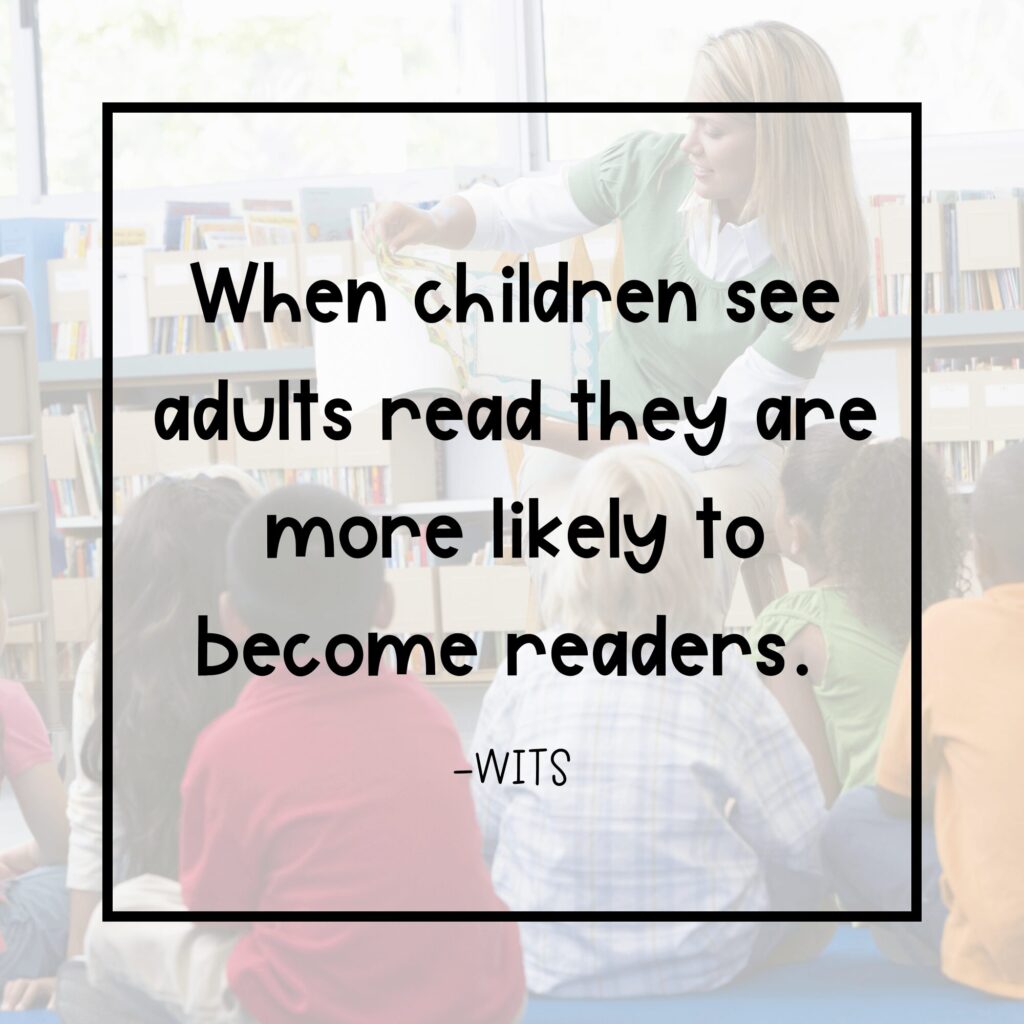
Fluency and the Bigger Picture
Fluency isn’t the end goal — it’s a steppingstone on the journey to becoming a proficient reader. It connects the mechanics of reading to the joy of understanding and experiencing stories.
As you guide your students in building fluency, you’re equipping them with the tools they need for a lifetime of reading success.
Stay tuned for part two of this mini-series, where we’ll dive deeper into why fluency matters and how it impacts literacy development.
